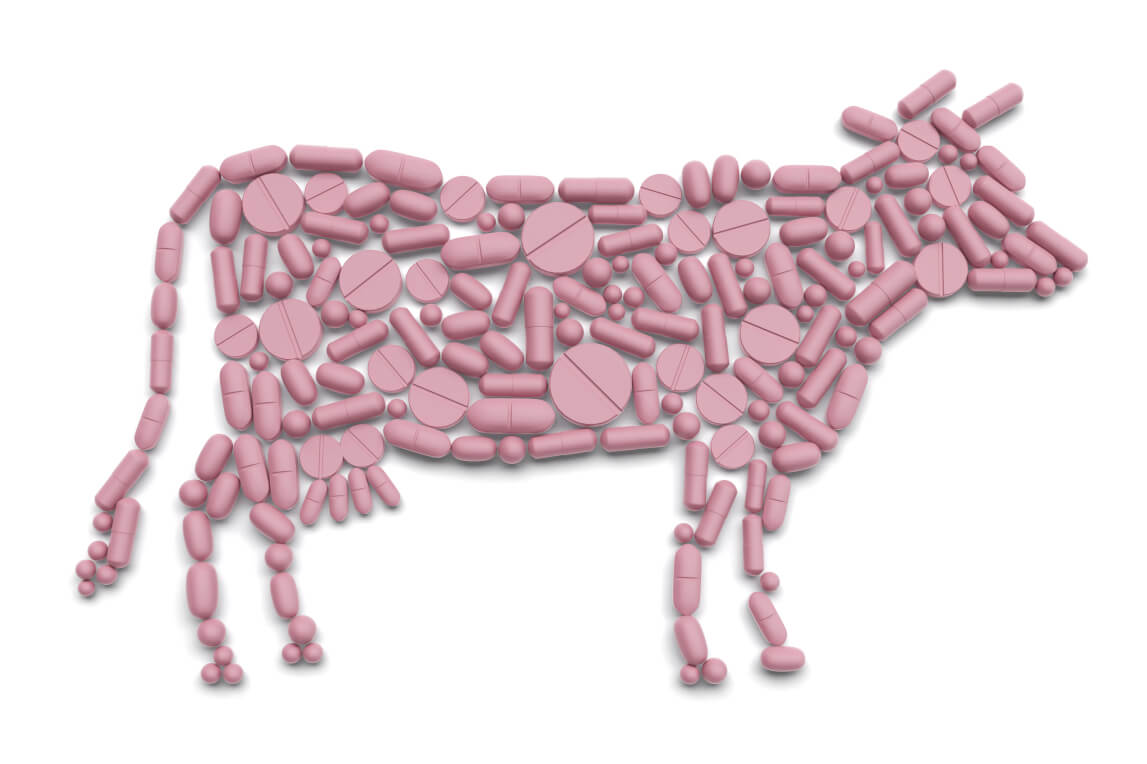Privacy Policy
Preamble
This Privacy Policy applies to the site: https://www.des-is-it.org
Last updated: June 04, 2022
Respect for your privacy is of utmost importance to D.E.S is it, who is responsible for this site.
The purpose of this Privacy Policy is to provide you with:
- How your personal information is collected and processed. All information that could identify you should be considered personal information. These include your first and last name, your age, your mailing address, your email address, your location or your IP address. "Personal Information" is also used as a synonym for "personal data" as defined in EU Regulation 2016/679;
- What are your rights regarding this information;
- Who is responsible for the processing of personal information collected and processed;
- To whom this information is transmitted;
- The site's policy regarding cookies.
This Privacy Policy supplements the Terms of Use which you can consult on the following page: Terms of Use
ARTICLE 1: Collection of Personal Information
Personal data collected
We collect the following informations:
- Last Name;
- First Name;
- Email address;
- Full mailing address;
- Phone number;
- Copy of identity card;
- Victim type among : DES Mother, DES Son, DES Daughter, DES Grandson, DES Granddaughter, DES Great-grandson, DES Great-granddaughter or a relative;
- Date of birth ;
- Drug brand name, if known ;
- Name and city of the physician who prescribed DES, if known;
- If the member has documentation of DES exposure;
- What heath issues the member has;
- Which of these problems does he/she attribute to DES exposure;
- Additional information;
- If he/she would like or not to be part of our future cohort;
- If he/she accept to be contacted later for a survey;
- Confirmation of the reading and respect of our Bylaws and Rules and Regulations.
How personal data are collected
The personal informations we collect are collected:
- through the membership form;
- through the census form;
- through the newsletter subscription form via the MailChimp emailing platform;
- through the interactivity established between you and our website.
ARTICLE 2 :
Dans le cadre du formulaire de recensement
Les données personnelles collectées par le biais du formulaire de recensement sont utilisées afin de permettre à l'association D.E.S is it de recenser les victimes du diéthylstilbestrol (D.E.S.) résidant en France et dans les départements d'Outre-Mer.
Les données anonymisées nous permettent d'afficher les résultats du recensement en temps réel (graphiques, tableaux, diagrammes...).
Dans le cadre du formulaire de contact
Vous pouvez nous transmettre, si vous le souhaitez, un fichier.
Si vous avez coché la case « Je souhaite recevoir par mail une copie de mon message », vous recevrez une copie du message que vous nous avez adressé.
La collecte de ces données ont pour objectifs : informations, correspondances.
Dans le cadre du formulaire de candidature
Les données personnelles collectées par le biais du formulaire de candidature sont utilisées afin de nous permettre de traiter votre candidature et de vous répondre.
Si vous avez coché la case « Je souhaite recevoir par mail une copie de ma candidature », vous recevrez une copie de la candidature que vous nous avez adressée.
Dans le cadre du formulaire de signalement de problème(s) technique(s)
Les données personnelles collectées par le biais du formulaire de signalement de problème(s) technique(s) sont utilisées afin de nous permettre de résoudre le problème technique signalé et vous informer de sa résolution.
Dans le cadre du formulaire d’adhésion
Vous êtes informé sur notre page d’adhésion qu’un e-mail de la part de D.E.S is it vous sera envoyé à la fin de votre adhésion, vous permettant, si vous le souhaitez, de vous créer un compte adhérent sur notre site.
Dans le cas où vous choisissez de créer un compte adhérent sur notre site, uniquement votre adresse e-mail et votre type de compte sont utilisés pour la création de votre compte adhérent.
En cas de réadhésion, vous recevrez un email de confirmation ; votre accès à l'espace privé reste inchangé, accessible après connexion avec votre identifiant et votre mot de passe.
Dans tous les cas, les données personnelles renseignées lors de votre adhésion sont utilisées à des fins de :
- Enregistrement et mise à jour des données personnelles nécessaires à la gestion administrative du dossier de membre, notamment la gestion des cotisations, et de l’organisation des Assemblées Générales ;
- Réalisation de listes de membres en vue d’afficher sur leur tableau de bord des informations personnalisées ;
- Traitement des sollicitations présentées par les adhérents dans le strict respect de notre objet statutaire.
Dans le cadre du formulaire pour effectuer un don
Le formulaire permettant d’effectuer un don à l’association D.E.S is it, et accessible sur cette page, est fourni par notre partenaire HelloAsso.
Les données relatives aux dons sont gérées par la comptabilité de l’association D.E.S is it.
Dans le cadre du formulaire d’abonnement à la newsletter
Les données personnelles collectées par le biais du formulaire d’abonnement à notre lettre de d’information (newsletter) via la plate-forme d’emailing MailChimp ont pour but :
- Envoi de lettres d’informations
ARTICLE 3 : Proportion et pertinence des données personnelles collectées
Les données personnelles collectées sont strictement nécessaires à l’objectif poursuivi par la collecte. D.E.S is it s’attache à minimiser les données personnelles collectées, à prendre toutes les mesures de précaution nécessaires afin de protéger ces données personnelles, d’en préserver l’intégrité et notamment d’empêcher qu’elles ne soient déformées, endommagées ou communiquées à des tiers non autorisés.
ARTICLE 4 : Partage des données personnelles
Les données personnelles collectées ne peuvent être consultées que par :
- les personnes chargées par les statuts de la gestion de l’association,
- les services de l’association chargés de l’administration et de la gestion des membres,
- les entreprises « sous-traitantes » de l’association au sens des dispositions du RGPD (banque, entreprise en charge de la maintenance informatique, prestataire de service informatique…)
Pour plus d’information, nous vous invitons à consulter :
la politique de confidentialité de notre partenaire HelloAsso: https://www.helloasso.com/confidentialite
la politique de confidentialité de Mailchimp : https://mailchimp.com/legal/privacy/
ARTICLE 5 : Durée de conservation des données personnelles
Les données personnelles collectées sont conservées pendant une durée limitée qui n’excède pas la durée nécessaire aux finalités de collecte.
Dans le cadre du recensement
La durée de conservation de vos données personnelles est de 36 mois (3 ans).
Dans le cas où vous avez accepté d'être contacté ultérieurement, le renouvellement de votre consentement au traitement de vos données pourra vous être redemandé.
Dans le cas contraire, ou si vous refusez de renouveler de votre consentement, vos données pourront être anonymisées afin d'être conservées pour leur valeur statistique.
Dans le cadre de l'adhésion
Nous supprimons de nos systèmes les données personnelles collectées de nos adhérents 30 jours après la fin de la validité de leur adhésion, sauf en cas de renouvellement de l’adhésion qui réactualise les données personnelles collectées et leur durée de conservation.
Si l’adhérent supprime son compte sur le site, il demeure adhérent de l’association D.E.S is it jusqu’à la fin de la validité de son adhésion.
Nous pouvons également conserver les données personnelles collectées au-delà de leur adhésion si nous pensons en toute bonne foi que la loi ou toute autre réglementation exige que nous les conservions et notamment :
Éléments conservés la durée de l'adhésion + 30 jours :
Éléments conservés durant la vie de l’association :
- Les statuts et statuts modifiés par ordre chronologique ;
- Liste des dirigeants successifs.
Éléments conservés au minimum 5 ans :
- Convocations de l’assemblée générale ;
- Feuilles d’émargement, pouvoirs ;
- Procès-verbaux d’assemblée ;
- Procès-verbaux du Conseil d’administration.
Éléments conservés au minimum 6 ans :
- Les documents permettant de justifier ce que l’association doit ou non aux services fiscaux, dont les factures et reçus valant paiement de la cotisation.
Éléments conservés au minimum 10 ans :
- Comptes annuels, livres comptables et pièces justificatives.
Éléments conservés 5 ans à compter de la fin de l’adhésion, à des fins statistiques ou de gestion des réclamations :
- La lettre de démission ;
- La lettre d’exclusion ;
- Les courriers liés à la fin de l’adhésion.
Éléments conservés 5 ans, à compter de notre dernière action afin de permettre d’instruire d’éventuelles réclamations :
- Les recours et demandes que nous avons été amenés à traiter pour le compte d’un adhérent durant l’adhésion.
ARTICLE 6 : Sécurité et confidentialité des données personnelles collectées
Des mesures de sécurité physiques, logistiques et organisationnelles appropriées sont prévues pour garantir la confidentialité de vos données personnelles, et notamment éviter tout accès non autorisé.
Les entreprises « sous-traitantes » de l’association sont tenues de respecter la confidentialité de vos informations.
Toutefois, comme aucun mécanisme n'offre une sécurité maximale, une part de risque est toujours présente lorsqu'on utilise Internet pour transmettre des données personnelles.
ARTICLE 7 : Confidentialité et anonymat des réponses aux sondages
Au niveau de votre participation à nos sondages, nous vous rappelons que :
- Votre participation est facultative, vous n’êtes pas obligé-e de répondre.
- Vous ne pouvez participer qu'une fois par sondage.
- Vous ne pouvez participer aux sondages que s'ils s'adressent à votre type de compte.
Au niveau de vos données personnelles (type de compte, participation ou non participation), nous nous engageons :
- À n’utiliser vos données personnelles que dans le but de garantir une méthodologie scientifique de la collecte des données (par exemple dans le but d’empêcher une personne de répondre plusieurs fois ou de garantir un taux de réponse suffisant).
Au niveau de vos réponses à nos sondages nous nous engageons :
- À ce que vos réponses soient anonymisées sitôt votre vote effectuée.
- À ce que vos réponses restent anonymes et qu’il ne soit pas possible d’associer vos réponses à votre identité ou de déduire cette dernière à partir de vos réponses. Même les administrateurs des sondages n’ont accès qu’à des données anonymisées.
- À protéger vos réponses à l’aide des mesures de sécurité physique et informatique adéquates.
- À ce que seuls les participants et les administrateurs puissent accéder aux résultats.
- À ne traiter vos réponses qu’à des fins de recherche.
- À analyser vos réponses de manière scientifique et objective ainsi qu’à donner une image fidèle et représentative de celles-ci
ARTICLE 8 : Responsable du traitement des données personnelles
Le responsable du traitement des données personnelles
Le responsable du traitement des données personnelles est chargé de déterminer les finalités et les moyens mis au service du traitement des données personnelles.
Le responsable du traitement des données personnelles est :
- l’association D.E.S is it
Il peut être contacté de la manière suivante :
- par téléphone au 04 26 65 82 04 du du lundi au vendredi de 10h à 19h30 ou par mail à l'adresse : hello@des-is-it.org
Obligations du responsable du traitement des données personnelles
Le responsable du traitement des données personnelles s'engage à protéger les données personnelles collectées, à ne pas les transmettre à des tiers sans que vous n'en ayez été informé(e) et à respecter les finalités pour lesquelles ces renseignements ont été collectés.
De plus, le responsable du traitement des données personnelles s'engage à vous aviser en cas de rectification ou de suppression des données personnelles, à moins que cela n'entraîne pour lui des formalités, coûts ou démarches disproportionnés.
Dans le cas où l'intégrité, la confidentialité ou la sécurité de vos données personnelles est compromise, le responsable du traitement s'engage à vous en informer par tout moyen.
ARTICLE 9 : Droit d'opposition et de retrait
Nous nous engageons à vous offrir un droit d'opposition et de retrait quant à vos données personnelles.
Le droit d'opposition s'entend comme étant la possibilité offerte aux adhérents de refuser que leurs données personnelles soient utilisées à certaines fins mentionnées lors de la collecte.
Le droit de retrait s'entend comme étant la possibilité offerte aux adhérents de demander à ce que leurs données personnelles ne figurent plus, par exemple, dans une liste de diffusion.
Afin de formuler une opposition au traitement de vos données personnelles ou demander le retrait de vos données personnelles, vous devez suivre la procédure suivante :
- adresser un courriel au responsable du traitement.
Afin de vous retirer de la liste de diffusion de notre lettre d’information (newsletter), vous pouvez :
- vous désabonner à tout moment en cliquant sur le lien dans le bas de page de nos e-mails envoyés via la plate-forme d’emailing MailChimp.
ARTICLE 10 : Droit d'accès et de rectification
Nous nous engageons à reconnaître un droit d'accès et de rectification aux personnes concernées désireuses de consulter, modifier, voire radier les informations les concernant.
L'exercice de ce droit se fera :
- en adressant un courriel au responsable du traitement.
ARTICLE 11 : Principes généraux en matière de collecte et de traitement des données personnelles en vertu du règlement européen 2016/679
Conformément aux dispositions de l'article 5 du Règlement européen 2106/679, la collecte et le traitement de vos données personnelles respectent les principes suivants :
- Licéité, loyauté et transparence : vos données personnelles ne peuvent être collectées et traitées qu'avec votre consentement. À chaque fois que des données personnelles seront collectées, il sera indiqué que vos données personnelles sont collectées et pour quelles raisons vos données personnelles sont collectées ;
- Finalités limitées : la collecte et le traitement des données personnelles sont exécutés pour répondre à un ou plusieurs objectifs déterminés dans la présente Politique de protection des données personnelles ;
- Minimalisation de la collecte et du traitement des données personnelles : seules les données personnelles nécessaires à la bonne exécution des objectifs poursuivis par le site sont collectées ;
- Conservation des données personnelles réduite dans le temps : les données personnelles sont conservés pour une durée limitée dont vous êtes informés ;
- Intégrité et confidentialité des données personnelles collectés et traités : le responsable du traitement des données personnelles s'engage à garantir l'intégrité et la confidentialité des données personnelles collectés.
Afin d'être licites, et conformément aux exigences de l'article 6 du Règlement européen 2016/679, la collecte et le traitement des données personnelles ne pourront intervenir que s'ils respectent au moins l'une des conditions ci-après énumérées :
- Vous avez expressément consenti au traitement ;
- Le traitement est nécessaire à l'exécution d'un contrat ;
- Le traitement répond à une obligation légale ;
- Le traitement s'explique par la nécessité de sauvegarde des intérêts vitaux de la personne concernée ou d'une autre personne physique ;
- Le traitement peut s'expliquer par une nécessité liée à l'exécution d'une mission d'intérêt public ou qui relève de l'exercice de l'autorité publique ;
- Le traitement et la collecte des données personnelles sont nécessaires aux des intérêts légitimes et privés poursuivis par le responsable du traitement des données personnelles ou par un tiers.
ARTICLE 12 : données personnelles des personnes mineures en vertu du règlement 2016/679
Conformément aux dispositions de l'article 8 du règlement 2016/679, seuls les mineurs âgés de 15 ans ou plus peuvent consentir au traitement de leurs données personnelles.
Si vous êtes un mineur de moins de 15 ans, l'accord d'un représentant légal sera requis afin que des données personnelles puissent être collectées et traitées.
ARTICLE 13 : Fichiers témoins (cookies)
Nous recueillons certaines informations par le biais de fichiers témoins (cookies).
Un témoin est un petit fichier texte qu'un serveur internet peut stocker sur votre machine afin de mémoriser vos préférences de consultation pour un site donné et vous reconnaître lors d'une prochaine visite de ce même site.
Lorsque vous visitez notre site pour la première fois, une fenêtre vous informe de l'utilisation de cookies sur notre site et vous propose de paramétrer vos choix. Ainsi, vous avez la possibilité d'accepter ou de décliner les cookies qui ne sont pas directement nécessaires à l'utilisation de nos services. Un lien vous permettant de modifier vos préférences en matière de cookies est accessible à tout moment en pied de page.
Cookies techniques
Les cookies dits « techniques » sont nécessaires au bon fonctionnement du site et qui ne sont pas soumis au RGPD. Les données y sont encodées et ne sont en aucun cas associées à vos données personnelles.
Mesure d’audience
Ce site utilise Google Analytics. Les informations que nous recueillons par le biais de cookies Google Analytics sont principalement les suivantes :
- Système d'exploitation
- Pages visitées et requêtes
- Heure et jour de connexion
Le recours à de tels fichiers nous permet :
- Amélioration du service
- Statistiques
Protection des formulaires
Afin de sécuriser nos formulaires (contact, candidature...) nous utilisons Google reCaptcha.
Ce service nous permet de vérifier si la personne qui remplit nos formulaires est bien un être humain, et non robot.
Pour plus d’informations sur ce service, veuillez consulter la Politique de confidentialité et les Conditions d’utilisations de Google.
Newsletter
Pour son fonctionnement propre, Mailchimp, présent sur ce site, utilise des fichiers témoins.
Pour en savoir plus, consultez la politique de Mailchimp en matière de cookies : https://mailchimp.com/legal/cookies/
Liste des cookies utilisés sur notre site
| Nom |
Fournisseur |
À propos |
Expiration |
| PHPSESSID |
Cookie propre |
Faciliter la navigation sur le site en sauvegardant les informations de navigation de page en page uniquement pendant la durée de navigation sur le site. |
Session actuelle |
| REMEMBERME |
Cookie propre |
Ce cookie sert à maintenir la connexion de l'utilisateur ayant coché la case "Se souvenir de moi". |
1 an |
| _ga |
Google |
Ce nom de cookie est associé à Google Analytics. Ce cookie est utilisé pour distinguer les utilisateurs uniques en attribuant un numéro généré aléatoirement en tant qu'identifiant client. Il est inclus dans chaque demande de page dans un site et utilisé pour calculer les données de visiteurs, de sessions et de campagnes pour les rapports d'analyse de sites. |
2 ans |
| _gat |
Google |
Ce nom de cookie est associé à Google Analytics. Il est utilisé pour limiter le débit des demandes, ce qui limite la collecte de données sur les sites à fort trafic. |
10 minutes |
| _gid |
Google |
Ce nom de cookie est associé à Google Analytics. Il stocke et met à jour une valeur unique pour chaque page visitée. |
Session actuelle |
|
_GRECAPTCHA
|
Google |
Détection automatisée d'utilisateurs et amélioration du processus de reconnaissance des formes par les robots. |
6 mois |
| _abck |
Mailchimp |
Utilisé pour détecter et défendre contre les attaques par rejeu. Le cookie est nécessaire pour la sécurité et l’intégrité du site. |
1 an |
| bm_sz |
Mailchimp |
Utilisé avec le BotManager du site. Le BotManager détecte, catégorise et compile des rapports sur les robots potentiels qui essayent d’accéder au site. |
4 heures |
| jwplayerLocalId |
ina.fr |
De type Local Storage. Utilisé pour déterminer la qualité vidéo optimale en fonction du périphérique du visiteur et des paramètres réseau. |
Persistant |
| fr.ina.player.fc |
ina.fr |
De type Local Storage. Description en attente. |
Persistant |
| yt-remote-device-id, yt-player-headers-readable, yt.innertube::nextId, yt-remote-connected-devices, yt.innertube::requests, yt-player-bandaid-host, yt-player-bandwidth |
youtube-nocookie.com |
De type Local Storage. Description en attente. |
Persistant |
|
alreadyShow
|
Cookie propre |
De type Local Storage. Permet de n'afficher qu'une seule fois la modale vous informant que vous pouvez vous recenser sur le site. |
Persistant |
| hasConsent |
Cookie propre |
Cookie de consentement : il sert à mémoriser les choix relatifs aux cookies des visiteurs sur notre site Web. |
13 mois |
ARTICLE 14 : Conditions de modification de la politique de de protection des données personnelles
La présente Politique de protection des données personnelles peut être consultée à tout moment à l'adresse ci-après indiquée :
Nous nous réservons le droit de la modifier afin de garantir sa conformité avec le droit en vigueur.
Par conséquent, vous êtes invité(e) à venir consulter régulièrement cette politique de confidentialité afin de vous tenir informé(e) des derniers changements qui lui seront apportés.
Toutefois, en cas de modification substantielle de cette politique, vous en serez informé(e) de la manière suivante :
- Par courrier électronique
ARTICLE 15 : Acceptation de la Politique de protection des données personnelles
En navigant sur le site, vous attestez avoir lu et compris la présente Politique de de protection des données personnelles et en acceptez les conditions, en ce qui concerne plus particulièrement la collecte et le traitement de vos données personnelles.
ARTICLE 16 : Législation
Nous nous engageons à respecter les dispositions législatives énoncées dans :
- Loi sur la protection des données personnelles dans le secteur privé, RLRQ c P-39.1 ; et/ou
- Loi sur les protection des données personnelles et les documents électroniques, LC 2000, c 5. ; et
- Règlement général sur la protection des données, Règlement (UE) 2016/679 du Parlement européen et du Conseil du 27 avril 2016 relatif à la protection des personnes physiques à l'égard du traitement des données à caractère personnel et à la libre circulation de ces données, et abrogeant la directive 95/46ÉCE (règlement général sur la protection des données) 2016/279.

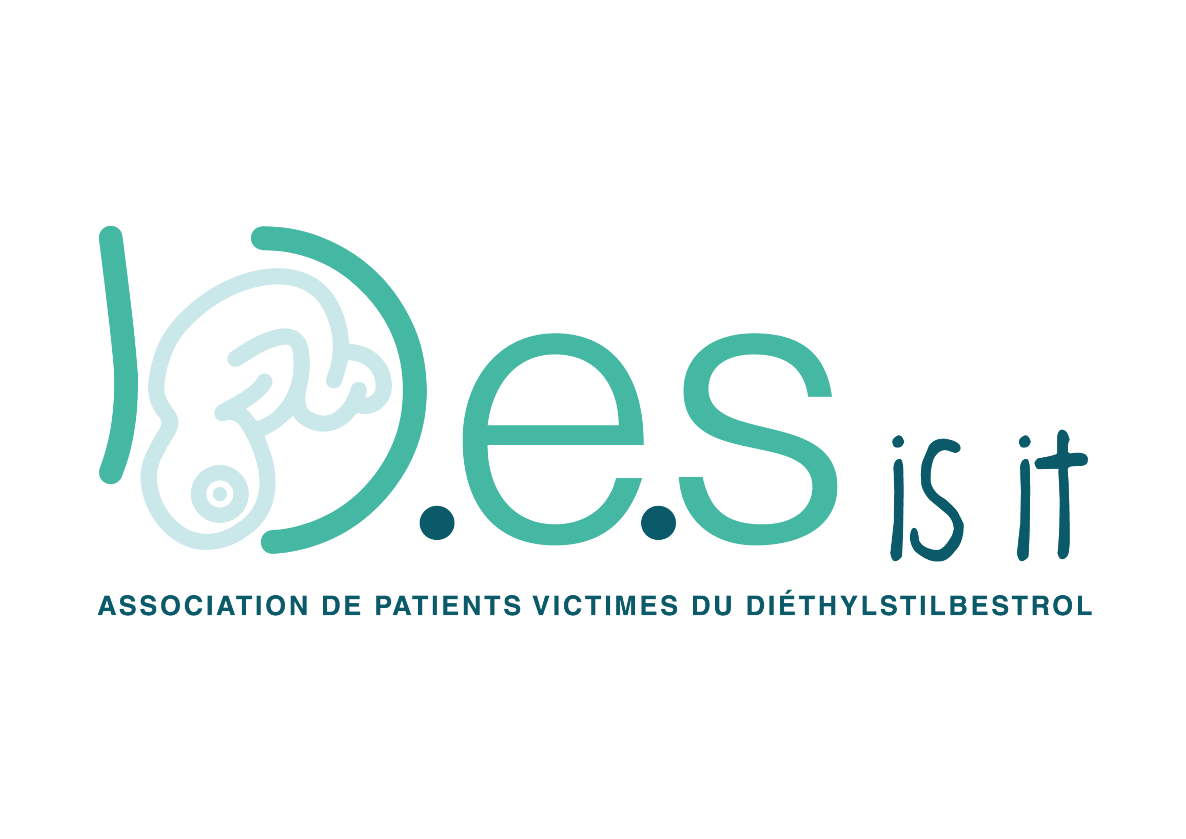
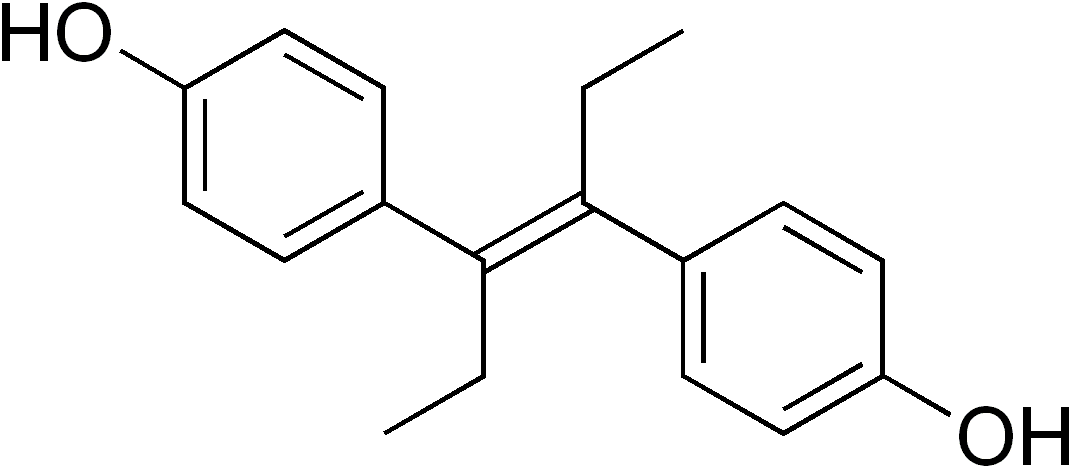
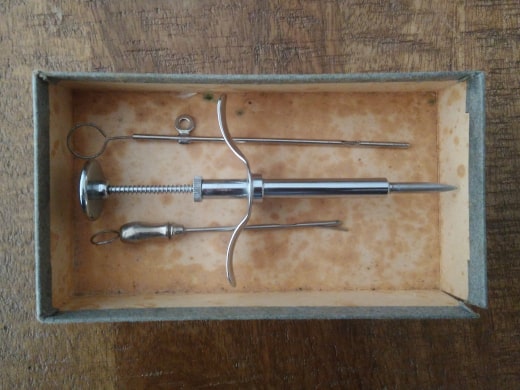
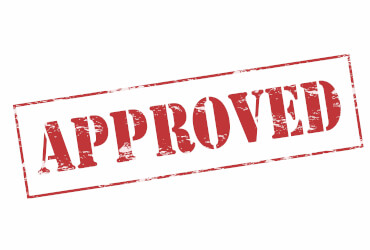
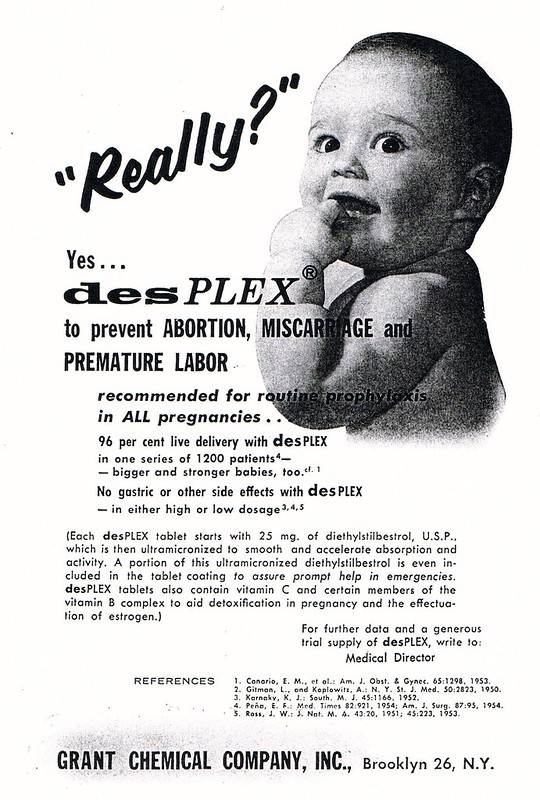
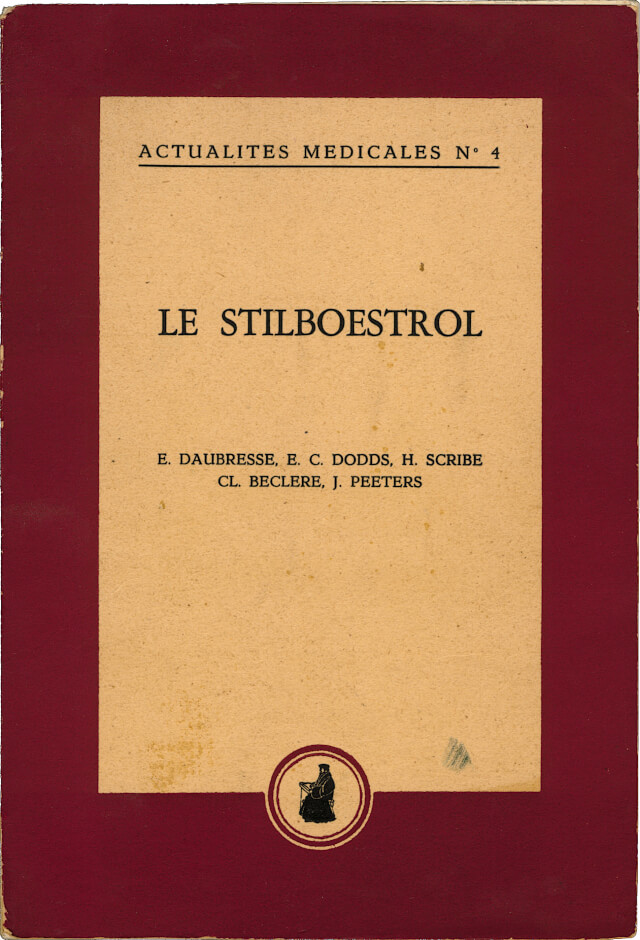
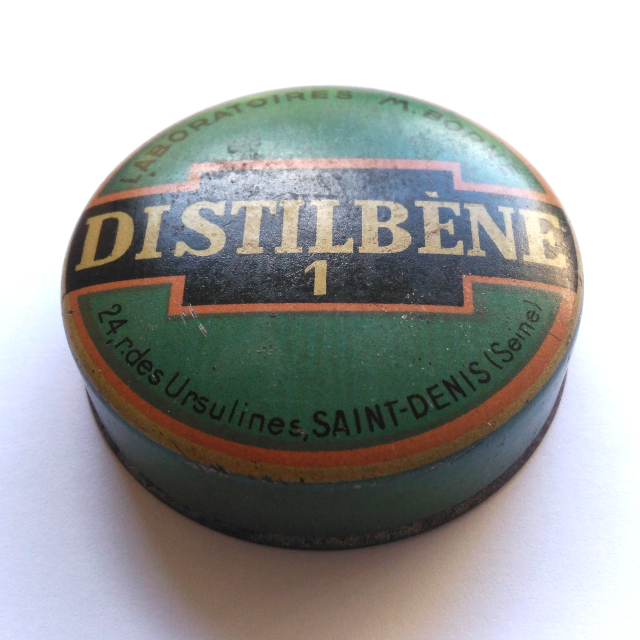
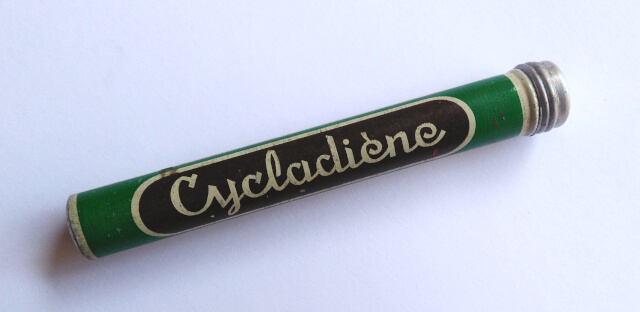
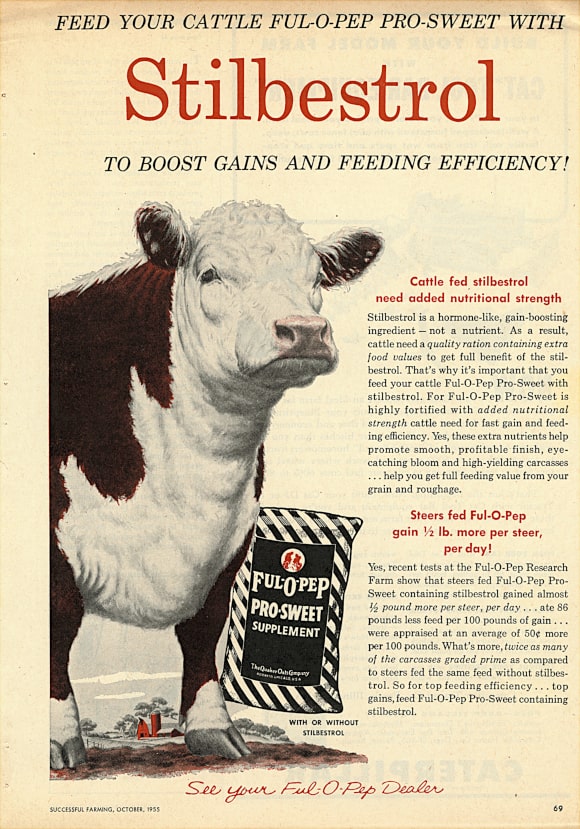
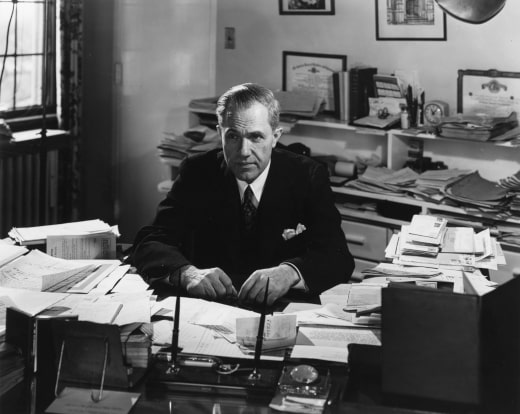
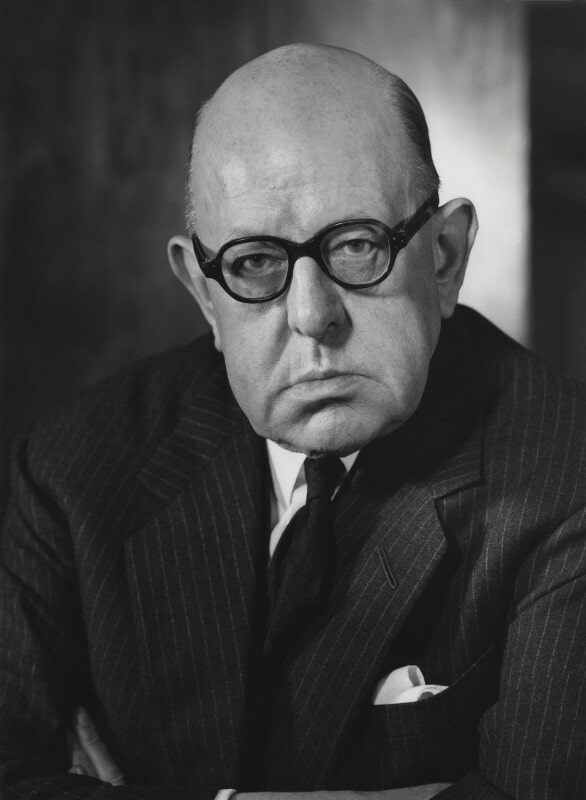
![Herbst, Arthur L - University of Chicago Photographic Archive, [apf1-02767], Special Collections Research Center, University of Chicago Library.](/img/timeline/Herbst-Arthur-L-University-of-Chicago-Library-apf1-02767-min.jpg)
